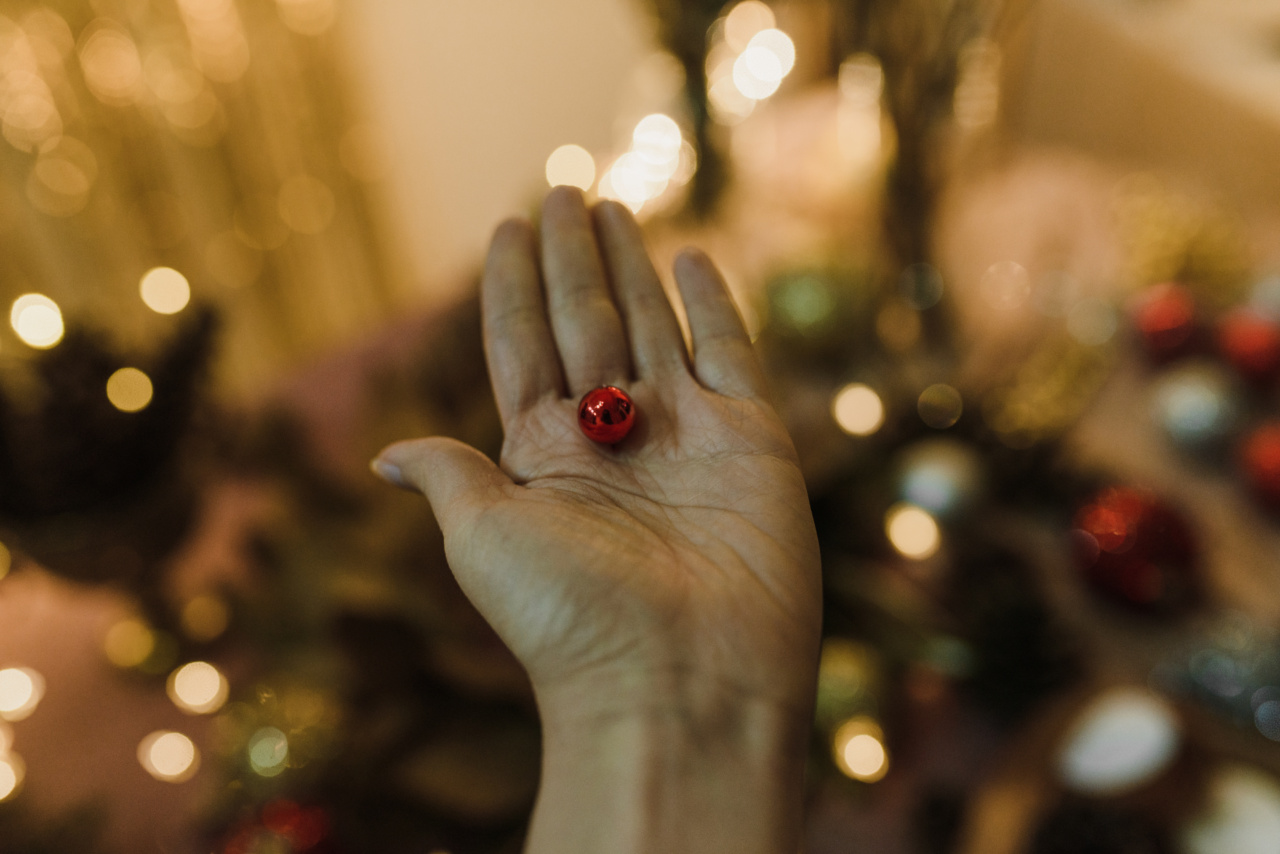If you are looking for a furry companion that is small yet lively and has a big personality, a tiny Pomeranian might be the perfect breed for you.
Known for their cute teddy bear-like appearance, Pomeranians tend to steal the show with their outgoing and playful nature. In this article, we will explore the history, temperament, training, and care of these little balls of fire.
History of Pomeranians
Pomeranians are a breed of the Spitz family, originating from the Pomerania region of Central Europe, which is now divided between Germany and Poland.
These dogs were initially much larger, weighing around 30 pounds and were bred as working dogs to herd sheep and protect homes. However, during the 1800s, Pomeranians were bred down to the size we know today of around 5 pounds and became popular as lapdogs and companions to the wealthy and aristocratic elite.
Pomeranians gained immense popularity during the reign of Queen Victoria in the 19th century, as the queen herself owned a small orange Pomeranian named Marco.
The queen was also widely known for her love for dogs and frequently exhibited them at dog shows across the country.
Temperament
One of the essential characteristics of Pomeranians is their outgoing and extroverted personality. These dogs are social butterflies and are happiest when they are around their owners and other people.
This breed is incredibly affectionate and loves to cuddle up to their owner’s lap. They thrive on attention and love to be the center of attention. Pomeranians are also known for being highly intelligent and curious, making them quick learners and entertaining companions.
However, this breed can be known to be a bit vocal, and they enjoy sharing their opinions with their owners. Pomeranians have a confident demeanor and can be protective of their owners, which can translate to excessive barking.
Early socialization can help with reducing unnecessary barking and building a well-rounded dog.
Training
Training your Pomeranian is essential from an early age, as they tend to develop bad habits if left untrained. This breed is eager to please and highly intelligent, making them quick learners.
However, Pomeranians can be obstinate and challenging during training if they sense that their owners are unsure of themselves or lack consistency.
Positive reinforcement training, such as using treats, praise, and other rewards, is essential when training your Pomeranian.
Due to their small size and fragile frame, it is best to avoid using physical force, punishment, or any other harsh training methods as this can be detrimental to their overall well-being.
Care and Grooming
Pomeranians have a luxuriant double coat that needs frequent grooming to keep it looking its best. As with any breed, it is essential to establish a regular grooming and hygiene routine to help keep them clean and healthy.
This includes brushing their coat regularly, trimming their nails, cleaning their ears, and brushing their teeth.
Pomeranians are known to shed quite a bit, especially during shedding season, which happens twice a year.
To help manage their shedding, it is recommended to brush your Pomeranian’s coat at least three times a week, which also helps keep their coat looking shiny and healthy.
It is also essential to provide your Pomeranian with regular exercise, such as short walks around the neighbourhood and playtime in the backyard.
Mental stimulation is just as important as physical exercise, so engage your Pomeranian in games, puzzles, and other activities that challenge their intellect and keep their minds sharp.
Health Concerns
Pomeranians are generally healthy and long-lived dogs, with an average lifespan of 12-16 years. However, like any breed, they are prone to certain health concerns. These include hip dysplasia, luxating patellas, hypoglycaemia, and dental issues.
It is essential to take your Pomeranian for regular vet check-ups and to maintain a healthy diet and exercise regime to help prevent any potential health issues.
Adopting a Pomeranian
If you are considering adopting a Pomeranian, it is essential to research the breed thoroughly and ensure that it is the right fit for your lifestyle and household.
Pomeranians require attention and care, and they thrive when they are around their owners and families. This breed is known for their liveliness and playfulness, so it is essential to have time and energy to devote to their exercise and play needs.
It is recommended to adopt from a reputable breeder or consider adopting from a local animal shelter or rescue group. Ensure that you are familiar with the adoption process and have all the necessary paperwork and documentation.
In Conclusion
Pomeranians are a delightful breed, with their outgoing and playful personality, cute teddy bear-like appearance, and intelligence, making them an excellent choice for those looking for a furry companion.
Remember that they require attention, care, and a grooming routine to keep them healthy and happy. With proper training, care, and love, your tiny Pomeranian can be a fireball of love and joy for years to come.


























